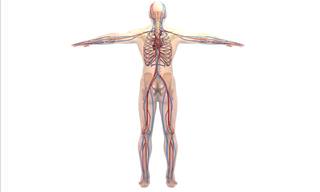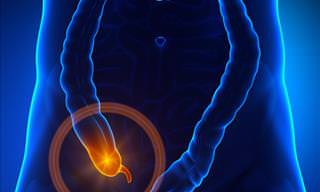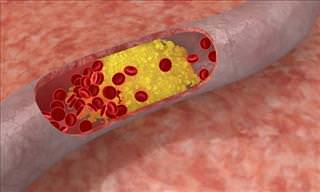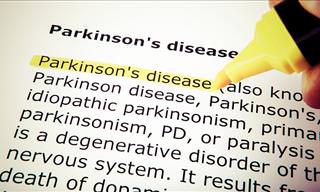Parkinson’s Disease is a widespread chronic health issue that causes the degeneration of the central nervous system, which severely affects motor functions over time in addition to causing a number of other symptoms, including cognitive impairment, depression, fatigue, and sleeping problems. This disease is unfortunately fatal and causes a gradual degradation of the body and mind, though most of the symptoms can be managed and staved off by taking the right combination of medicine and possibly surgery.
While there is much information available about the treatments and symptoms of this disease in both its early stages and more advanced stages, the cause of Parkinson’s and it’s molecular structure have only just begun to be understood in this recent study.
The Development of Parkinson’s Disease
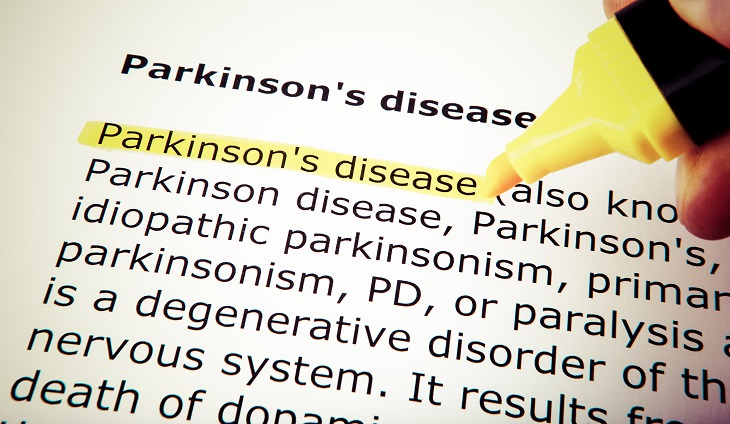
Parkinson’s Disease is identified by the gradual degeneration of the central nervous system causing muscle rigidity, slow movements, and imbalance. The development of this disease is closely related to the production of neurons, neurotransmitters, and hormones that play a major role in motor functions.
The main chemical produced by the brain that contributes to motor function is dopamine, so when the nerve endings that produce dopamine become impaired or die, the motor system suffers and steadily degrades. Another set of neurotransmitters that become impaired in a person suffering from Parkinson’s disease are the nerve-endings that produce norepinephrine.
This particular chemical is one of the main messengers of the nervous system, controlling automatic bodily functions like blood pressure, heart rate, and digestion. It is largely the death and impairment of these neurotransmitters that lead to various progressive symptoms of Parkinson’s. However, the exact cause of neuronal failure remains unknown.
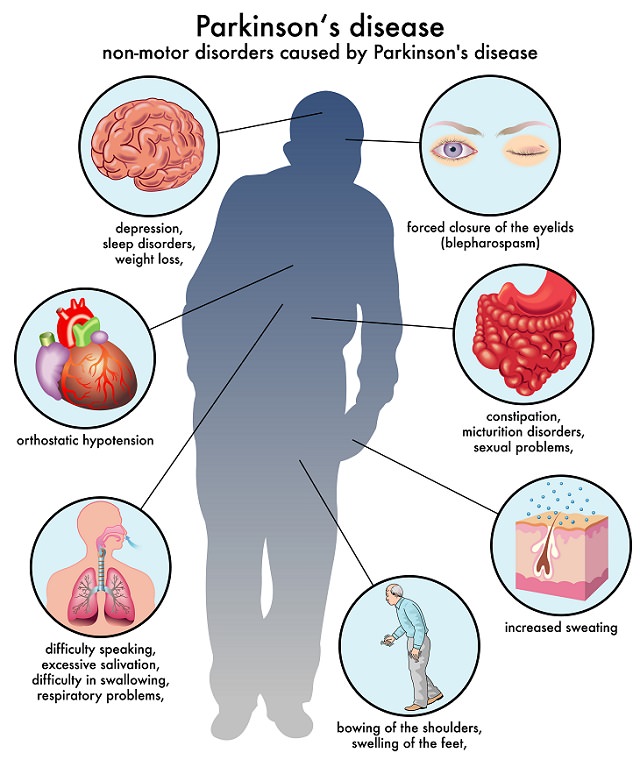
Parkinson’s disease affects nearly 500,000 people, and those numbers are, sadly, on the rise. While 90% of patients diagnosed are above the age of 60, the remaining 10% are within the 21-50 age bracket. It is these early cases that create the most worry, and at the same time, they show the most potential for identifying the molecular changes to the body that occur at the earliest stages of Parkinson’s disease.
What the Study Revealed
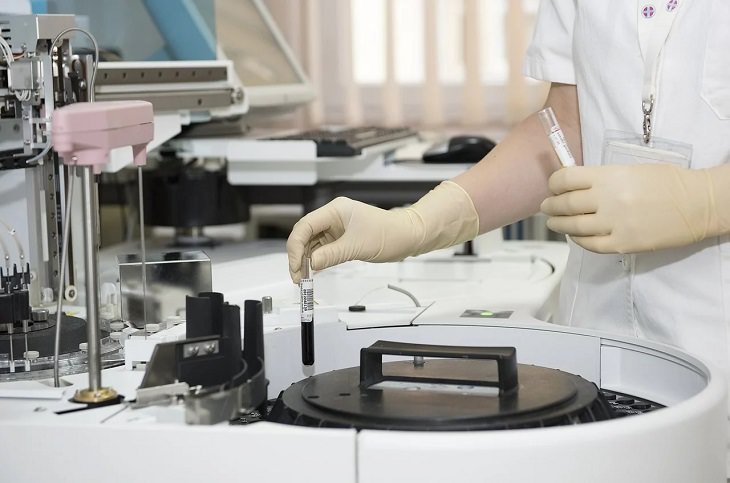
The study, published on 27th January 2020 in the journal Nature Medicine, was focused on the symptoms and development of the disease in young patients between the ages of 21 and 50. The study was conducted by a team of researchers from Cedars-Sinai and UCLA, and it first began by harvesting and generating special stem cells from young patients suffering from Parkinson’s. These stem cells are called induced pluripotent stem cells (iPSCs for short), and they are created by turning back the clock on adult cells by turning them into primitive embryonic cells.
These embryonic cells, iPSCs, can then produce genetically identical cells, replicating any type of cell in the human body. Using the iPSCs, the dopamine neurons of early-onset Parkinson’s patients were replicated, cultured in a dish, and analyzed. The goal, according to the senior author of the study Dr.Clive Svendsen, was to take the cells back to the earliest stages of their development and observe these dopamine neurons in the earliest stages of the disease, prior to major impairments.
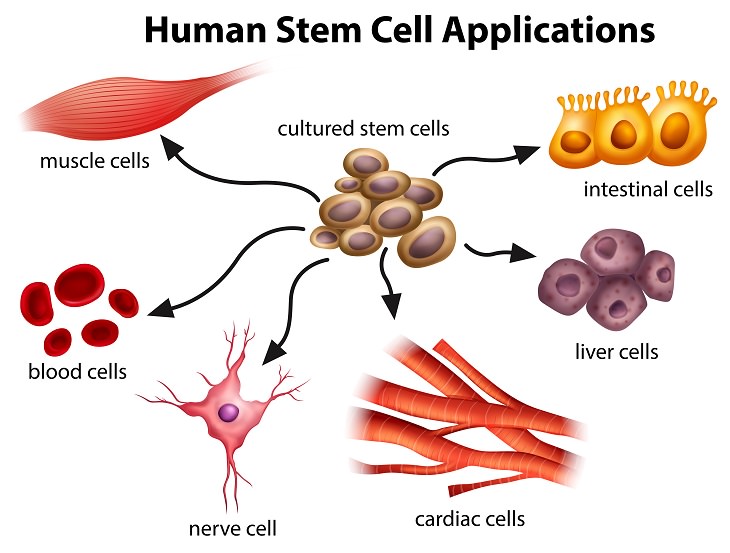
Two major observations were detected. The first was a build-up of a protein commonly found in forms of Parkinson’s disease called alpha-synuclein in the neurons. The second observation was the malfunctioning of a number of lysosomes. Lysosomes are tiny sacs of enzymes in the cell that aid in digestion by acting as waste disposal systems, or “trash can” organelles that break down and dispose of proteins.
It could, therefore, be reasonably assumed that when the malfunctioning of these lysosomes occurs, it results in the accumulation of the alpha-synuclein protein in neuronal cells.
This technique and these observations show the first signs of early-onset Parkinson’s, which would likely imply that the build-up of alpha-synuclein over 2 or 3 decades could cause the progression of the symptoms of the disease. The greater the accumulation, the more severe the symptoms.
A Great Sign of Progress
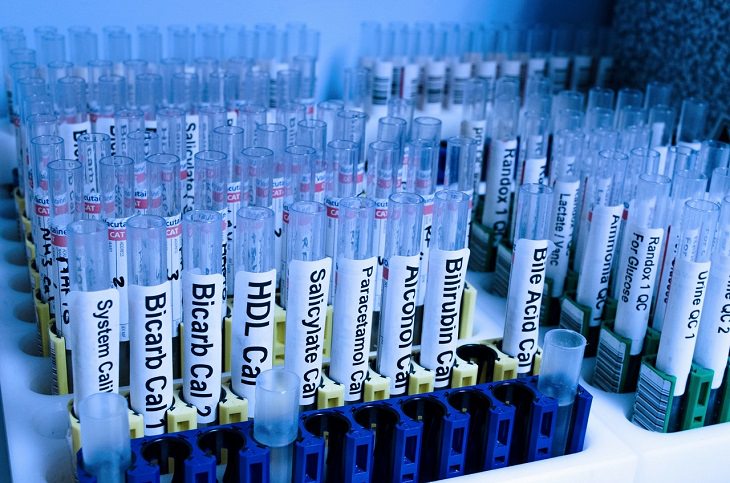
These abnormalities are now being studied to determine their presence in other forms of Parkinson’s disease. The technique described in this study not only provided the team of researchers a method that helps us understand the progression of the disease on a molecular level, but also a means of drug testing.
The iPSCs were used to test a variety of drugs, one of which was found to reduce the high levels of alpha-synuclein. This drug, PEP005, was tested in both the dopamine neurons in the dish, as well as in lab mice, and was found to reduce alpha-synuclein levels. The benefit of this drug is that it has already been approved by the FDA (United States Food and Drug Administration) as a treatment for precancerous tumors of the skin.
An additional surprising result of using the drug, PEP005, is an abnormal increase in the levels of an active protein called kinase C. However, the relation of this protein to Parkinson’s disease is still undiscovered. Experiments are being conducted to determine how the drug PEP005 might be used to treat or even prevent early-onset symptoms of Parkinson’s.
What Makes This Research So Important

Dr. Michele Tagliati, professor and vice-chair of the Department of Neurology at Cedars-Sinai, director of the Movement Disorders Program and a co-author of the study stated that “Young-onset Parkinson's is especially heartbreaking because it strikes people at the prime of life… This exciting new research provides hope that one day, we may be able to detect and take early action to prevent this disease in at-risk individuals."
This study shows great potential for the future of Parkinson’s disease and in the discovery of possible preventive measures, treatments, and cures. This joint effort between Cedars-Sinai and UCLA also marks an important milestone in collective medical advancement.
As Dr. Shlomo Melmed of Cedars-Sinai said, “This research is an outstanding example of how physicians and investigators from different disciplines join forces to produce translational science with the potential to help patients.” This study marks one of many incredible collaborative programs from the past and hopefully for the future on Parkinson’s Disease.
 Go to BabaMail
Go to BabaMail








